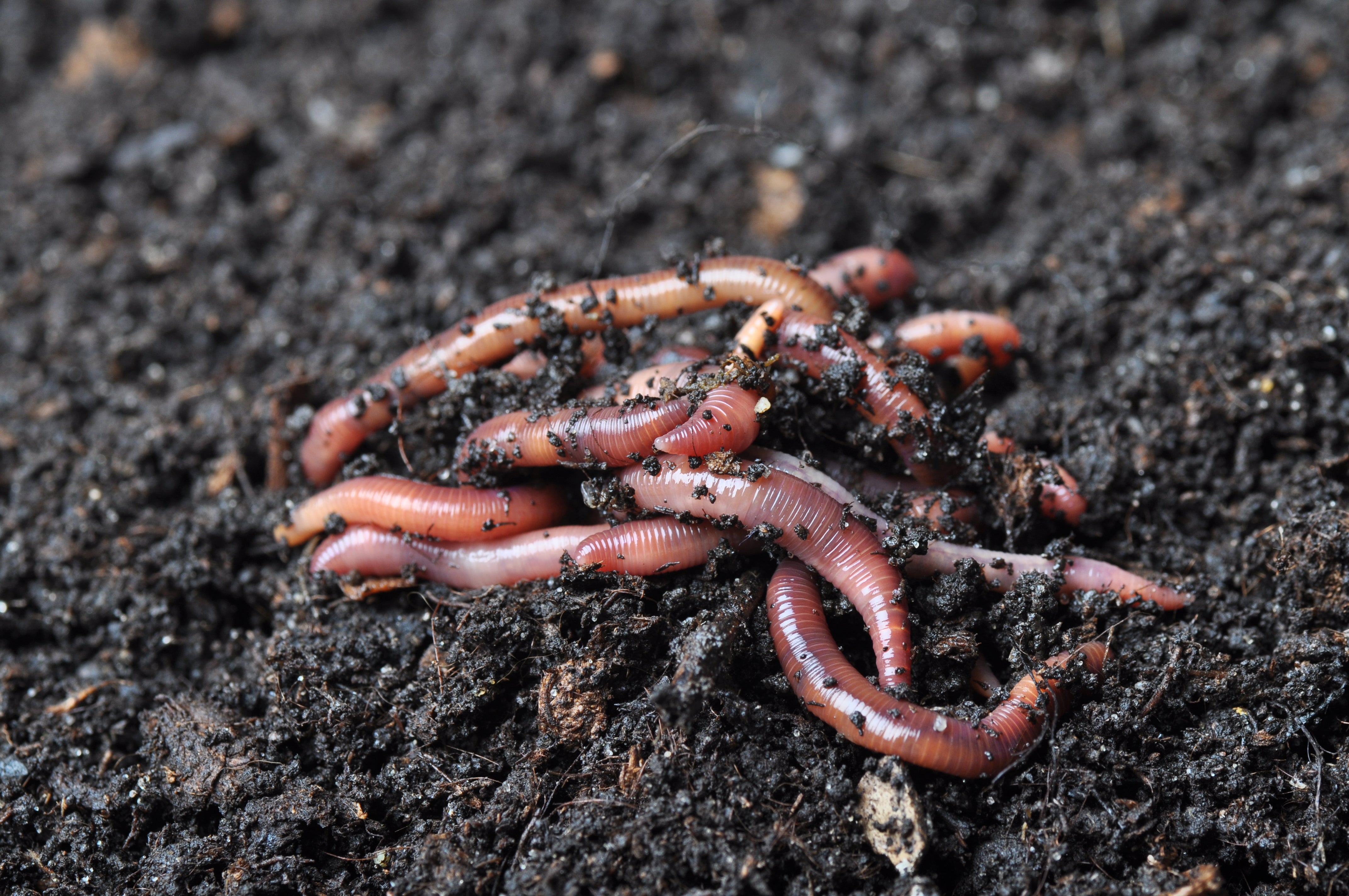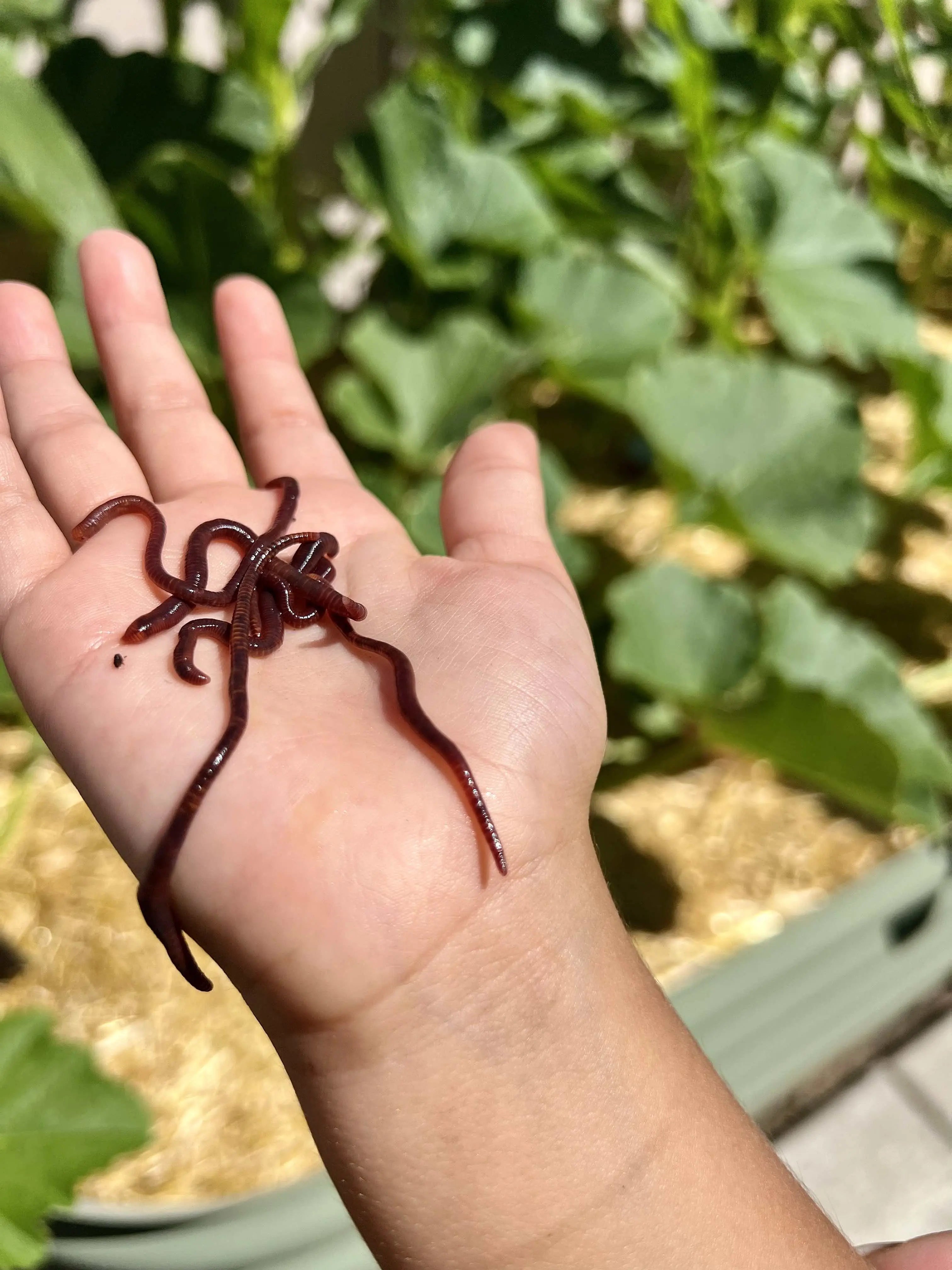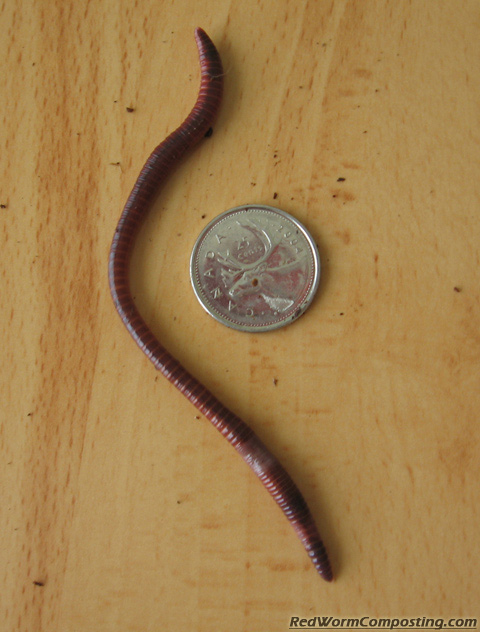Achieve a Beautiful Lawn Using Lake Hickory Bait Lawn Care Resources
Wiki Article
How Red Wigglers Can Transform Your Composting Experience
The assimilation of red wigglers right into composting practices supplies a transformative technique to lose management and soil enrichment. These microorganisms not just accelerate the disintegration procedure however likewise create nutrient-dense vermicompost that improves soil health and fertility. Their flexibility to different environments makes them a suitable alternative for both beginner and knowledgeable composters alike. Recognizing the specific requirements and benefits connected with preserving a growing worm populace is crucial for maximizing their capacity. What approaches can one employ to make sure a successful vermicomposting experience?Advantages of Red Wigglers
Red wigglers, medically called Eisenia fetida, are a cornerstone of effective composting systems because of their impressive ability to decay raw material efficiently. These worms master changing kitchen scraps, backyard waste, and other natural products into nutrient-rich garden compost, commonly described as worm spreadings. Lake Hickory Bait. This process not only minimizes land fill waste however likewise adds to sustainable gardening techniquesOne of the main benefits of red wigglers is their high reproduction rate, allowing them to occupy a composting atmosphere quickly. This quick reproduction enhances disintegration prices, leading to faster compost manufacturing. Furthermore, red wigglers thrive in a varied variety of conditions, making them adaptable to various composting arrangements.

Setting Up Your Worm Bin
(Red Wiggler Express)To produce an effective worm container for composting, cautious interest needs to be offered to its design and setting. An optimal worm bin need to be created of products that are long lasting yet enable for needed air flow, such as plastic or timber. The dimension of the container can differ, however a volume of approximately 1 square foot per extra pound of worms is a good starting point.Guarantee that the container has drain openings to stop water accumulation, which can cause anaerobic problems destructive to the worms. Additionally, integrating ventilation openings will certainly aid preserve appropriate moisture levels and oxygen flow.
Next, it is vital to give bedding for the worms, which can include shredded paper, cardboard, or coconut coir. This bedding not just provides a habitat for the worms however also help in dampness retention.
Position the worm container in a location that preserves a temperature array of 55-77 ° F(13-25 ° C) to maximize worm task. Stay clear of positioning the container in straight sunshine or severe temperature levels. By adhering to these standards, you can create a conducive setting for red wigglers, improving the efficiency of your composting process.
What to Feed Your Worms

(Charlotte NC Worms For Sale)Red wigglers particularly take pleasure in soft, wet foods like watermelon rinds, cucumber peels, and banana peels. It is critical to stay clear of feeding them citrus fruits, onions, and garlic, as these can be damaging to their wellness. Furthermore, cooked foods, dairy products, and meat needs to be purely stayed clear of, as they can result in smells and attract insects.
Providing a regular feeding schedule will certainly aid keep your worm populace thriving while enhancing the total effectiveness of your composting initiatives. By recognizing what to feed your worms, you lay the groundwork for an effective and sustainable composting experience.
Keeping a Healthy Environment
Developing a prospering composting environment for red wigglers requires interest to their habitat, as it straight influences their health and wellness and efficiency. The ideal environment needs to maintain a well balanced moisture degree, generally between 60-70%. Too much wetness can cause anaerobic problems, while insufficient wetness may dry out the worms.
The bedding material in the garden compost ought to be diverse and shredded, incorporating products like cardboard, newspaper, and coconut coir. This not only provides a comfy atmosphere however also acts as a food resource. Lake Hickory Bait. Regularly examining for smells or indications of insects can help determine potential concerns prior to they escalate
Lastly, preserving a well balanced pH level, ideally in between 6 and 7, guarantees a favorable environment for red wigglers, promoting their ability to procedure raw material successfully. By dealing with these factors, you can produce a lasting and efficient composting ecosystem.
Harvesting and Making Use Of Compost
Gathering compost from a worm bin is a fulfilling process that changes organic waste right into nutrient-rich material for gardens and plants. As soon as the composting cycle is total, typically after 8-12 weeks, it's time to gather the vermicompost. The very first step entails separating the red wigglers from the ended up compost. This can be done making use of techniques such as the "light" technique, where worms are brought in to light and can be scooped away from the top layers, or by relocating the garden compost to one side of the bin and including fresh bed linens to the opposite, motivating the worms to move.When the worms are removed, the continuing to be compost can be sorted to get rid of any larger bits or undecomposed material. This rich compost can be used directly to yard beds, combined right into potting dirt, or made use of as a top clothing for potted plants.
Verdict
Including red wigglers right into composting methods substantially improves the decomposition process and contributes to the manufacturing of nutrient-rich vermicompost. Their flexibility to numerous atmospheres and high recreation prices guarantee a sustainable population, which properly damages down organic matter. The resulting worm castings enhance dirt framework, fertility, and microbial activity, ultimately advertising much healthier plant development. As a result, the integration of red wigglers into composting not just maximizes waste management but also enriches garden ecosystems.Report this wiki page